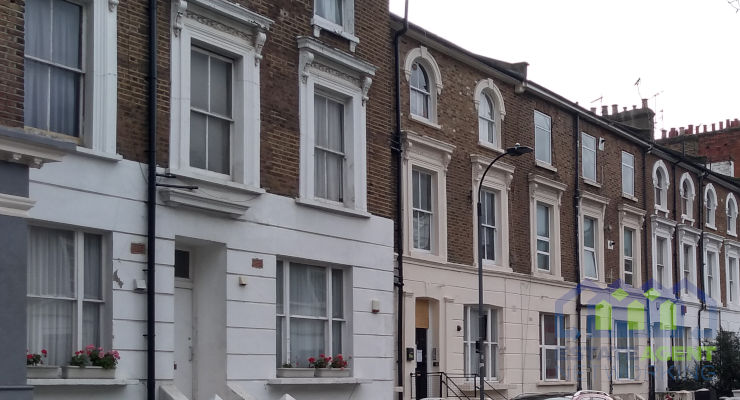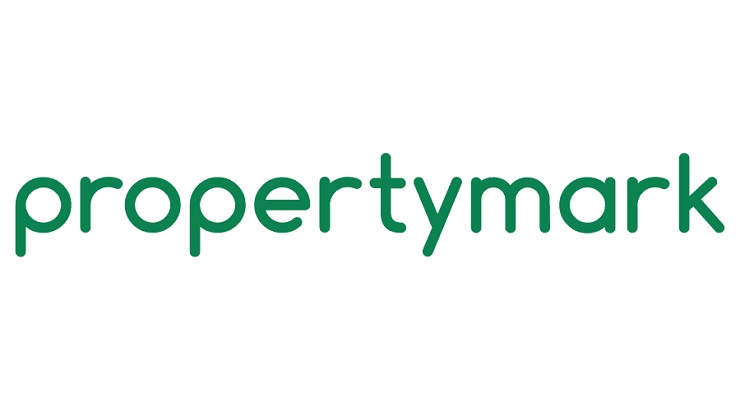The property winners and losers 10 years on from the UK market crash
Next month marks a decade since the end of the financial crisis and leading fast sale agent, Springbok Properties, has looked at the rate of market recovery, where has seen the best return to form, and where is still struggling to overcome the impact of the property market crash.
The crash
From their peak of £190,032 in September 2007, UK house prices crashed by -16% until the end of the recession in June 2009.
Northern Ireland saw the largest decline with a huge -37% drop, while England and Wales fell by -15.5 and -15.6% respectively. Scotland saw the smallest decline in property values although they still fell by a notable -7.2%. London also saw a fall of 15%.
Mid Ulster was the worst-hit area of the UK with a -41.8% drop, with the country home to the top 11 worst-hit areas for property price decline.
Outside of Northern Ireland, South Holland was the worst hit area of England with prices falling -25.2% and the City of London was close behind with a drop of -24.8% as the worst affected area of the capital.
Merthyr Tydfil was the worst affected Welsh region, with prices down -21.7% and East Lothian saw the biggest decline of all Scottish regions (-14.9%)
Only the Orkney Islands and Western Isles saw positive price growth during this period.
Since the crash
Since the end of the financial crisis, just Northern Ireland has failed to recover, with prices falling a further -3.4% since June 2009.
The UK as a whole has seen prices climb 41.8%, exceed their pre-crash threshold to reach £226,234. England has seen an uplift of 47.7%, Wales 26.7% and 10.4% in Scotland. Despite current market conditions, London has seen an 81.3% return to form since the end of the recession.
Best recoveries
The City of London has seen the biggest recovery in property prices, up 143.4%. Waltham Forest, Haringey, Merton and Hackney have all also seen price growth exceed 100%. St Albans has seen the biggest revival outside of London with prices up 85.2%. The Shetlands (60.7%) and East Lothian (32.4%) have seen the best recovery in Scotland, with Monmouthshire (53%) the largest uplift in Wales.
Yet to recover
There are 17 areas of the UK that are not only yet to recover but have seen prices fall further since the crash. Eight of these are in Northern Ireland with Ards and North Down the worst of the lot, down a further 10.4%. Outside of Northern Ireland, the worst hit have been Inverclyde (-7.9%), Country Durham (-3.7%), the City of Aberdeen (-3.5%), Hartlepool (-2%), Middlesbrough (-1.6%), Blackpool (-1.5%), South Ayrshire (-1.2%), West Dunbartonshire (-0.4%) and Redcar and Cleveland (-0.1%).
Founder and CEO of Springbok Properties, Shepherd Ncube, commented:
“With a decade since the end of the financial crash approaching, it’s important we consider how lucky we currently are despite Brexit uncertainty slowing the market and the current rate of house price growth.
Things could certainly be a lot, lot worse and for homeowners in a number of areas of the UK, they are still as bad as they were 10 years ago. When you take this into consideration, a slight reduction of a few thousand pounds in asking price is a much easier pill to swallow.
The speed and extent with which the UK market has bounced back following the previous crash is a testament to the market’s resilience and proves that despite what is thrown at it, bricks and mortar remains one of the best investments you can make.”
|
Financial Crash: 2007-2009
|
|
||
|
Region Name
|
Average H.P (Sept 2007)
|
Average H.P (Jun 2009)
|
Change (%)
|
|
England
|
£194,764
|
£164,536
|
-15.50%
|
|
Wales
|
£149,164
|
£125,948
|
-15.60%
|
|
Scotland
|
£142,294
|
£132,049
|
-7.20%
|
|
Northern Ireland
|
£224,670
|
£141,489
|
-37.00%
|
|
London
|
£298,414
|
£253,596
|
-15.0%
|
|
United Kingdom
|
£190,032
|
£159,561
|
-16.00%
|
|
Worst Hit Areas: 2007-2009
|
|
|||
|
Region Name
|
Location
|
Average H.P (Sept 2007)
|
Average H.P (Jun 2009)
|
Change (%)
|
|
Mid Ulster
|
UK/Northern Ireland
|
£218,010
|
£126,957
|
-41.8%
|
|
South Holland
|
England
|
£161,524
|
£120,744
|
-25.2%
|
|
Merthyr Tydfil
|
Wales
|
£102,974
|
£80,638
|
-21.7%
|
|
East Lothian
|
Scotland
|
£195,116
|
£165,984
|
-14.9%
|
|
City of London
|
London
|
£463,525
|
£348,751
|
-24.8%
|
|
Market Recovery: 2009-2019
|
|
||
|
Region Name
|
Average H.P (Jun 2009)
|
Average H.P (Feb 2019)
|
Change (%)
|
|
England
|
£164,536
|
£242,964
|
47.7%
|
|
Wales
|
£125,948
|
£159,559
|
26.7%
|
|
Scotland
|
£132,049
|
£145,762
|
10.4%
|
|
Northern Ireland
|
£141,489
|
£136,669
|
-3.4%
|
|
London
|
£253,596
|
£459,800
|
81.3%
|
|
United Kingdom
|
£159,561
|
£226,234
|
41.8%
|
|
Best Recoveries: 2009-2019
|
|
|||
|
Region Name
|
Location
|
Average H.P (Jun 2009)
|
Average H.P (Feb 2019)
|
Change (%)
|
|
City of London
|
UK/London
|
£348,751
|
£848,890
|
143.4%
|
|
St Albans
|
England
|
£279,095
|
£516,797
|
85.2%
|
|
Monmouthshire
|
Wales
|
£177,452
|
£271,469
|
53.0%
|
|
Shetland Islands
|
Scotland
|
£99,848
|
£160,492
|
60.7%
|
|
Mid Ulster
|
Northern Ireland
|
£126,957
|
£134,895
|
6.3%
|
|
Yet to Recover: 2009-2019
|
|
|||
|
Region Name
|
Location
|
Average H.P (Jun 2009)
|
Average H.P (Feb 2019)
|
Change (%)
|
|
Ards and North Down
|
Northern Ireland
|
£171,238
|
£153,417
|
-10.4%
|
|
Inverclyde
|
Scotland
|
£108,024
|
£99,467
|
-7.9%
|
|
Newry Mourne and Down
|
Northern Ireland
|
£152,984
|
£141,824
|
-7.3%
|
|
Mid and East Antrim
|
Northern Ireland
|
£134,249
|
£125,345
|
-6.6%
|
|
Armagh City Banbridge and Craigavon
|
Northern Ireland
|
£128,248
|
£120,699
|
-5.9%
|
|
County Durham
|
England
|
£102,824
|
£99,011
|
-3.7%
|
|
City of Aberdeen
|
Scotland
|
£154,921
|
£149,435
|
-3.5%
|
|
Lisburn and Castlereagh
|
Northern Ireland
|
£165,357
|
£160,834
|
-2.7%
|
|
Antrim and Newtownabbey
|
Northern Ireland
|
£144,783
|
£140,893
|
-2.7%
|
|
Fermanagh and Omagh
|
Northern Ireland
|
£128,116
|
£125,359
|
-2.2%
|
|
Belfast
|
Northern Ireland
|
£134,216
|
£131,324
|
-2.2%
|
|
Hartlepool
|
England
|
£109,028
|
£106,836
|
-2.0%
|
|
Middlesbrough
|
England
|
£115,587
|
£113,712
|
-1.6%
|
|
Blackpool
|
England
|
£105,235
|
£103,703
|
-1.5%
|
|
South Ayrshire
|
Scotland
|
£130,863
|
£129,277
|
-1.2%
|
|
West Dunbartonshire
|
Scotland
|
£105,476
|
£105,049
|
-0.4%
|
|
Redcar and Cleveland
|
England
|
£115,149
|
£115,044
|
-0.1%
|









